How Did Gucci Become Popular Again
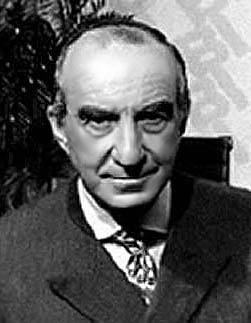 Fashion Designer
Fashion Designer
Italy • Milan
Aries • 22 July 2009
1881 – 1953
TRIBUTE Folio
Guccio Gucci was an Italian businessman and way designer, the founder of The House of Gucciand son of an Italian merchant from the land'southward northern manufacturing region.
Gucci was built-in on 26 March, 1881 in Florence, the Italy's northern manufacturing region. He was the son of an Italian merchant. In 1898 Guccio Gucci left Florence in Italy to travel and to proceeds an appreciation of cosmopolitan civilisation, sophistication, and aesthetics. He he was looking for run a risk. Best city for excitement was London.
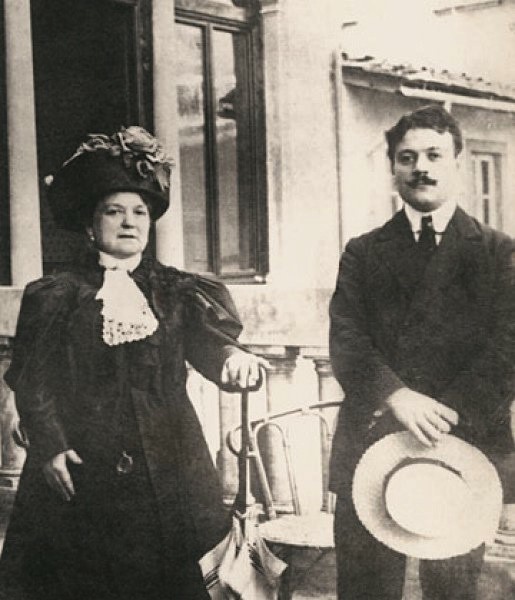
In London he got his first job at the Savoy Hotel. During his career at that place he kept many titles. Dish washer, waiter, bellhop, concierge were among the few. The pinnacle of his career was an elevator attendant. You may not remember of this position equally much, just simply to requite you an idea, Savoy was the first hotel in the world to operate electric elevator. This very same hotel was also the first to install electric lights and telephone prototypes. Information technology was the near central and luxury hotel in Europe in early 20th century. It was the preferred overnight spot for all the celebrities and politicians who visited London. So ambitions Guccio had an laurels to give an elevator ride to such famous people as Claude Monet, Merlin Monroe, Frank Sinatra, Winston Churchill and endless others. Of grade, Guccio, given the frequency of celebrity encounters, was a true Italian networker. He made connections. He observed and learned their styles, their clothing, accessories, jewellery, manners and habits.
In 1901 Gucci married Aida Calvelli, a 24-yr-one-time dressmaker and tailor's daughter. One yr later was daughter Grimalda born. Guccio and Aida had 4 more children, all boys: Enzo (born 1904, he died in childhood), Aldo (born 1905), Vasco (born 1907), and Rodolfo (born 1912).
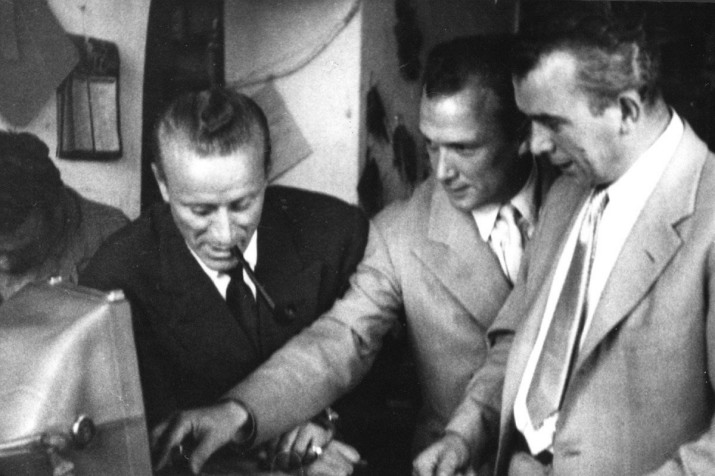
All savings from the years of hotel service Gucci decided to put towards his own business organisation. He came back to Florence and surprisingly, his father'southward business didn't seem as boring equally before whatsoever more. In 1921 Gucci opened his own store on the Via della Vigna Nuova in Florence. He hoped to attract an exclusive clientele with imported German and English language baggage as well equally his own custom pieces. As the business grew, Gucci was able to expand the small workshop at the dorsum of his store and rent a more skilled level of artisans to work on the custom bags. Targeting the richest population of Florence Gucci factory rapidly turned into producing equus caballus harnessing. Horse sports at that time were considered elite, thus only richest people quickly recognized Gucci brand and with lilliputian competition Gucci manufactory lifted to the new level.
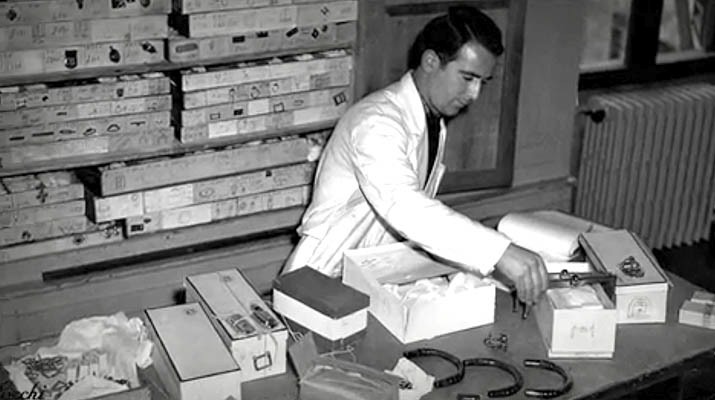
In 1933 the ambitious Aldo Gucci, who was working for his father, designed the offset incarnation of the iconic double-G Gucci logo, inspired by his begetter's initials. In 1935 Italian dictator Mussolini ordered the invasion of Federal democratic republic of ethiopia, leading the League of Nations to impose an international trade embargo on his state. Gucci was forced to co-operative out into other items: shoes, wallets, and belts. Leather supplies were brusk, so he began making bags out of a especially woven Tuscan canapa (hemp). The lightweight tan bags had a leather trim and were printed with the repeating double-G logo. To this day, the diamond-impress Canapa pocketbook remains ane of the nigh instantly recognizable Gucci products.
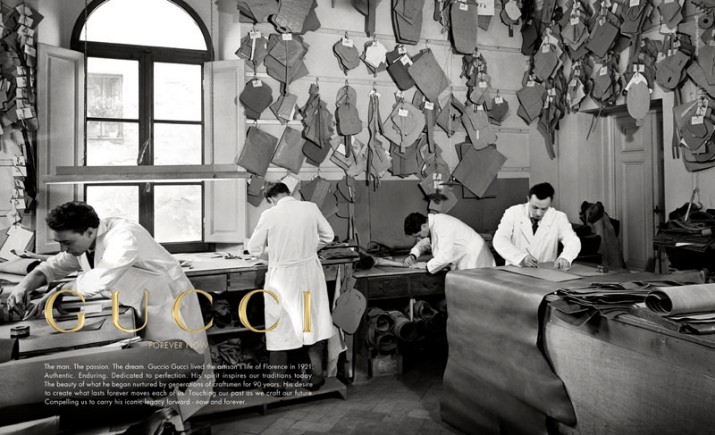
In 1938 Aldo convinced his father to open up a second store, in Rome. They find a space on the Via Condotti, close to Bulgari and sectional shirtmaker Enrico Cucci. In 1945 at the end of World War 2, Gucci'due south folding Suiter bags (canapa sacks with a born clothes hanger) became popular with the British military officers occupying Rome.
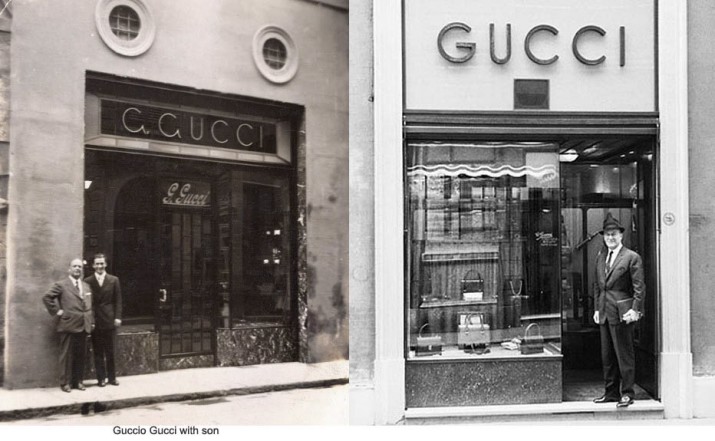
In 1947 Gucci produced its first bamboo-handled pocketbook (at the time only called the 0633, after its detail number), whose curvy side was inspired past a saddle's shape. An ingenious case of "necessity equally the mother of invention", the bamboo became 1 of Gucci'south many iconic products. Bamboo inspired patterns have as well featured on a multifariousness of products from headscarves to watchstraps; it has even been skilfully carved into a pair of golden stiletto heels. A favorite of royalty and celebrities alike, the bag with glassy handle remains a huge favorite today. During the Fifties, Gucci again found equestrian inspiration with its trademark green-reddish-light-green web stripe, derived from a traditional saddle girth. It became an instant success and an instantly recognizable hallmark of the brand.
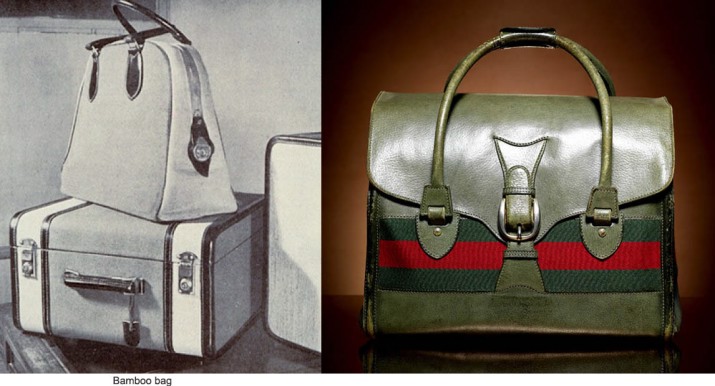
As Guccio aged, Aldo took on increasingly greater responsibility. While on a trip to a London merchandise fair, he met a Scottish tanner who provided the peppered pigskin that became another Gucci trademark.
In 1951 Giovan Battisti Giorgini, a Florentine aristocrat with connections in the American retail industry, invited Gucci to present its drove at a pocket-sized show for American department-store buyers and journalists in Europe for the Paris couture shows. The soon-to-be-biannual consequence brought Gucci to an American audience for the first time—and somewhen evolved into Florence fashion week. The family opened its first store in Milan, on the Via Montenapoleone.

In 1952 Aldo traveled to New York with his brothers Rodolfo and Vasco. With the assistance of an American lawyer, Frank Dugan, they set Gucci Shops Inc., which owned the rights to the Gucci trademark in the U.S. They likewise opened their first American shop on E 50-8th Street, around the corner from Fifth Avenue. Paolo Gucci, Aldo's youngest son, began to work as a designer nether Vasco in Florence.
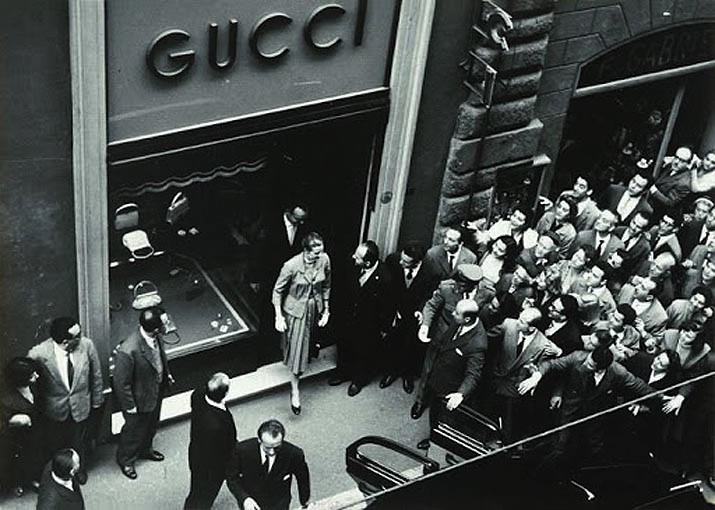
On two January,1953, 2 weeks later Aldo opened Gucci'southward New York boutique, his father Guccio Gucci died at domicile in Florence at 72. For his final years, he lived near Rusper, West Sussex, England.
The company was separate into three parts amidst Guccio's eldest sons: Aldo connected to oversee Gucci's expansion abroad (as well every bit all major business decisions) while Rodolfo managed the Milan store and Vasco runed a new factory just opened in Florence's Oltrarno commune.
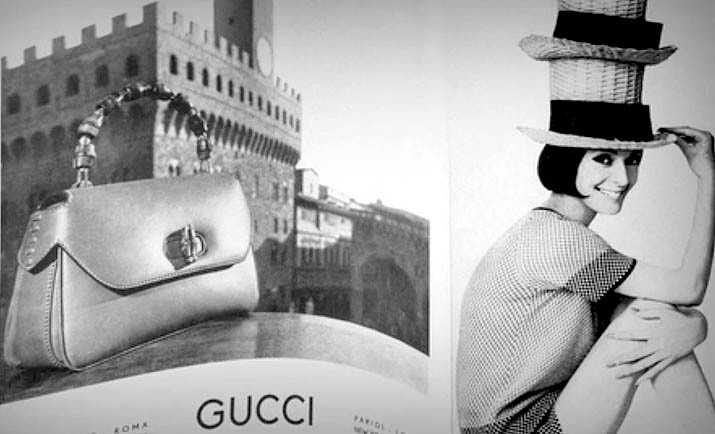
Text Courtesy: EyeInform.WordPress.com, Faddy.com
Below Guccio Gucci Drove
Source: https://fashionelite.com/profile/guccio-gucci/
0 Response to "How Did Gucci Become Popular Again"
Post a Comment